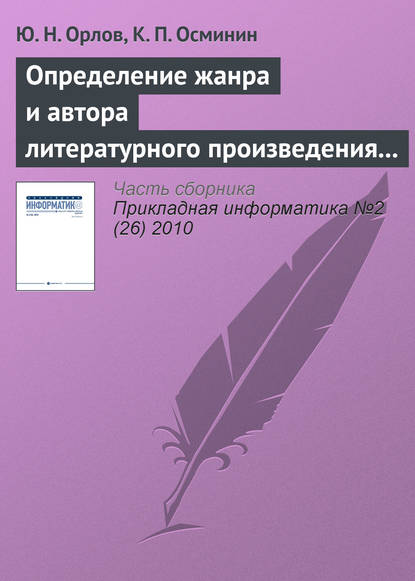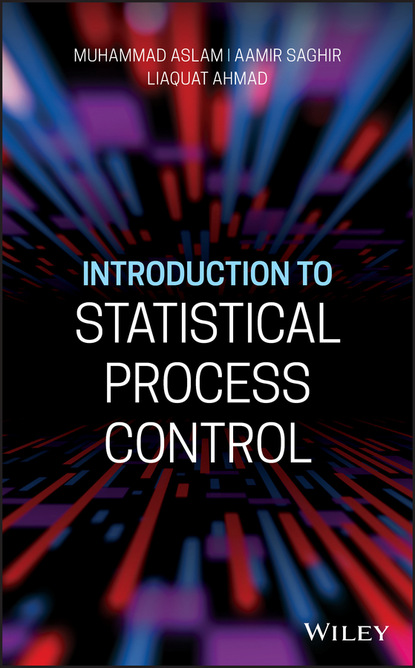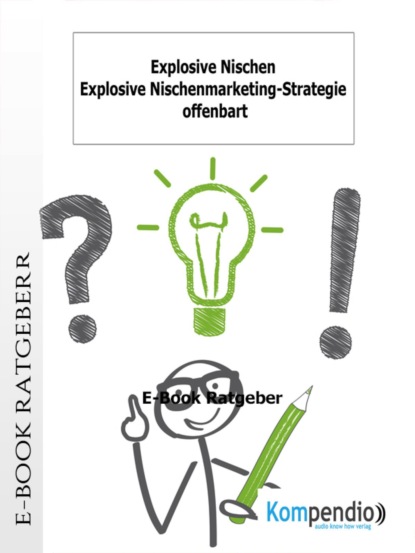Всеобъемлющее руководство по методам регрессионного анализа и их применению для аналитиков данных. Написана двумя признанными экспертами в этой области, цель данного справочника - предоставить практическое и полное описание методов регрессионного анализа. Основное внимание уделяется инструментам, которые используют как практики, так и исследователи в реальной жизни. Это задумывалось как всесторонний сборник теории, методов и применения регрессионных методов, но написано доступным языком. Справочник предоставляет быструю и удобную справку по идеям и методам, полезным для эффективного анализа данных и их интерпретации.
Студенты могут использовать книгу как введение и/или краткое изложение ключевых концепций в регрессионном анализе и смежных курсах (включая линейные, логистические, мультиномиальные логистические, подсчетные и нелинейные регрессионные модели). Теория, лежащая в основе методологии, представлена там, где это способствует пониманию концепций, и всегда дополняется практическими примерами. Приводятся ссылки для читателей, желающих более подробного материала по обсуждаемым темам. Код R и данные для всех приведенных в книге анализов доступны на веб-сайте, поддерживаемом авторами.
Электронная Книга «Handbook of Regression Analysis» написана автором Samprit Chatterjee в году.
Минимальный возраст читателя: 0
Язык: Английский
ISBN: 9781118532812
Описание книги от Samprit Chatterjee
A Comprehensive Account for Data Analysts of the Methods and Applications of Regression Analysis. Written by two established experts in the field, the purpose of the Handbook of Regression Analysis is to provide a practical, one-stop reference on regression analysis. The focus is on the tools that both practitioners and researchers use in real life. It is intended to be a comprehensive collection of the theory, methods, and applications of regression methods, but it has been deliberately written at an accessible level. The handbook provides a quick and convenient reference or “refresher” on ideas and methods that are useful for the effective analysis of data and its resulting interpretations. Students can use the book as an introduction to and/or summary of key concepts in regression and related course work (including linear, binary logistic, multinomial logistic, count, and nonlinear regression models). Theory underlying the methodology is presented when it advances conceptual understanding and is always supplemented by hands-on examples. References are supplied for readers wanting more detailed material on the topics discussed in the book. R code and data for all of the analyses described in the book are available via an author-maintained website. «I enjoyed the presentation of the Handbook, and I would be happy to recommend this nice handy book as a reference to my students. The clarity of the writing and proper choices of examples allows the presentations ofmany statisticalmethods shine. The quality of the examples at the end of each chapter is a strength. They entail explanations of the resulting R outputs and successfully guide readers to interpret them.» American Statistician



















